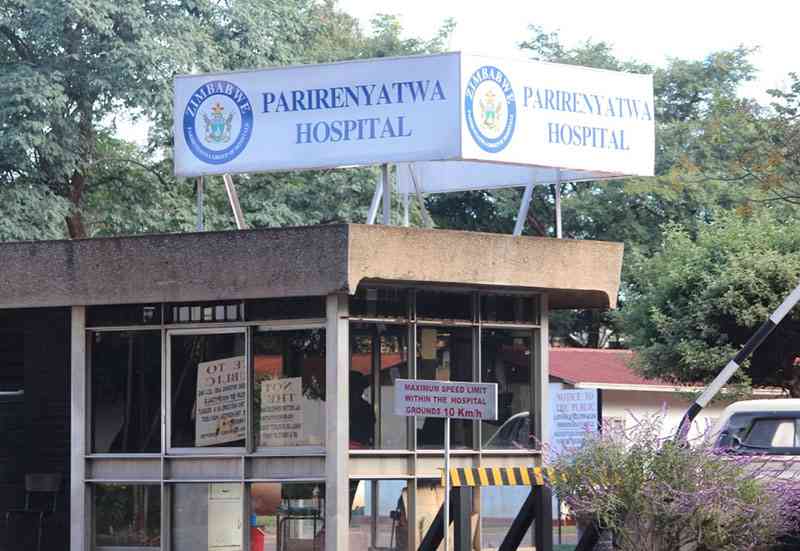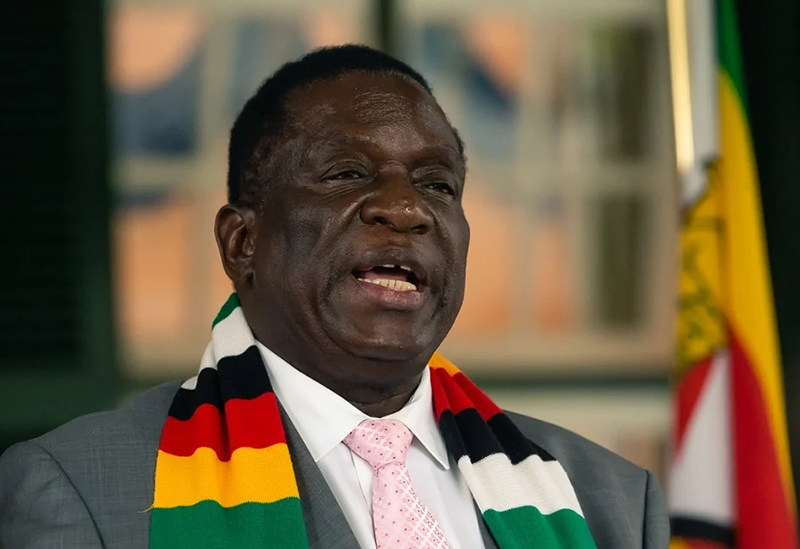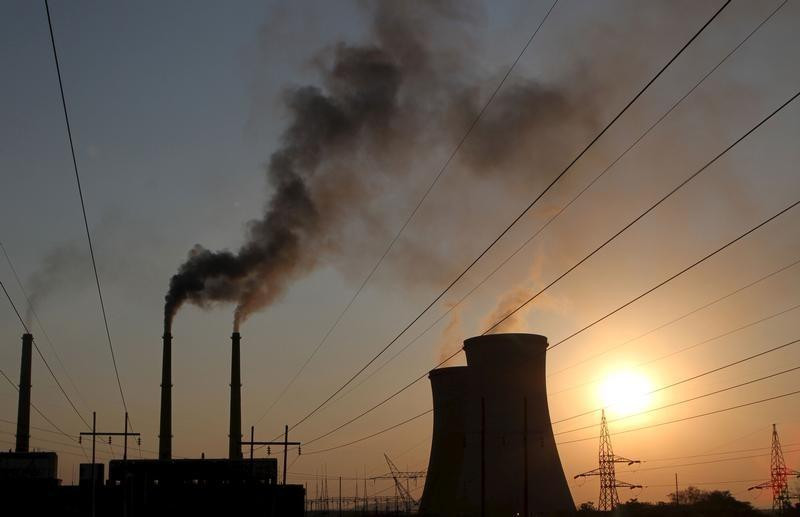
IS it too difficult to declare the Bulawayo water crisis a national disaster?
This is a question government needs to answer as the country’s second largest city endures a water crisis that is set to worsen during the course of the year due to the El Niño-induced drought.
Residents have been under a punishing 120-hour water rationing schedule for months due to reduced inflows worsened by the worst drought in 40 years.
Indications are that the city, of nearly 700 000 people, will have to decommission another dam within the next few months, which will further worsen the situation.
Plans to quench the region’s thirst escalated in the run-up to last year’s elections, with government missing self-imposed timelines to complete the Matabeleland Zambezi Water Project, seen as the lasting solution to the region’s water woes.
Bulawayo mayor David Coltart last week said the city saw Glassblock Dam as plan B to resolve the water crisis.
The dam project, mooted in the 1980s, has capacity to supply the city with at least 65 megalitres of water.
However, the project requires a cool US$130 million, Colart said, meaning it will take time to come to fruition.
- Revisiting Majaivana’s last show… ‘We made huge losses’
- Edutainment mix: The nexus of music and cultural identity
- ChiTown acting mayor blocks election
- Promoter Mdu 3D defends foreigners 30 minute set
Keep Reading
This brings the spotlight on government to speed up the Gwayi-Shangani Dam project.
The project had gained currency during President Emmerson Mnangagwa’s first few years in power, which threatened to bring to fruition the landmark project mooted over a century ago.
The project seems to have been abandoned and will likely be escalated in the run-up to the 2028 elections.
In the interim, thirsty residents in the region believe declaring the water crisis a national disaster will help marshal resources required to resolve the crisis.
They are waiting for answers after council last year petitioned government to declare the city a water crisis area.
They are not convinced the appointed technical committee will come up with solutions to quench their thirst.
If government cannot intervene now, when will it deem it fit to step in?
The water crisis has a bearing on operations of some companies in the erstwhile industrial hub of the country.
Bulawayo has suffered deindustrialisation and relocation of companies to Harare due to a host of reasons, with the water crisis featuring prominently.
Coltart last week sounded the alarm bells saying the dams are sitting at 31% capacity.
“Catchment areas have been ravaged by gold panners, so even if we [have rain] this coming season, we are not guaranteed that this water will actually get to our dams.
“If we have another drought this year or a moderate rainy season, we will face even more shortages of water this coming year, so this needs a sense of urgency to be addressed.”











